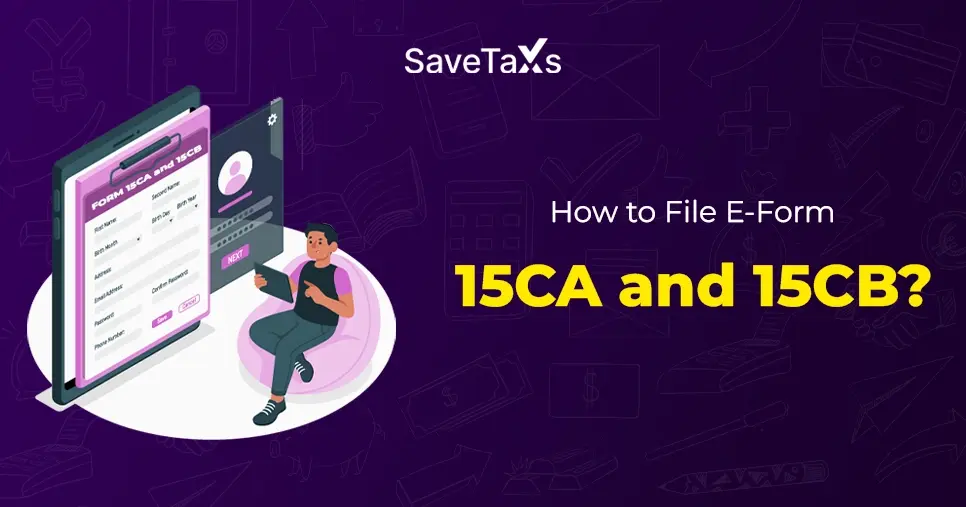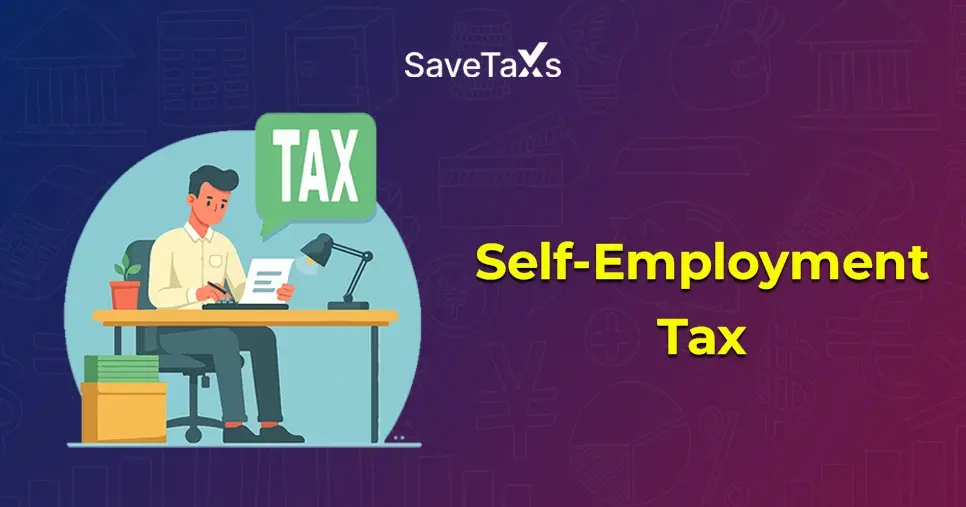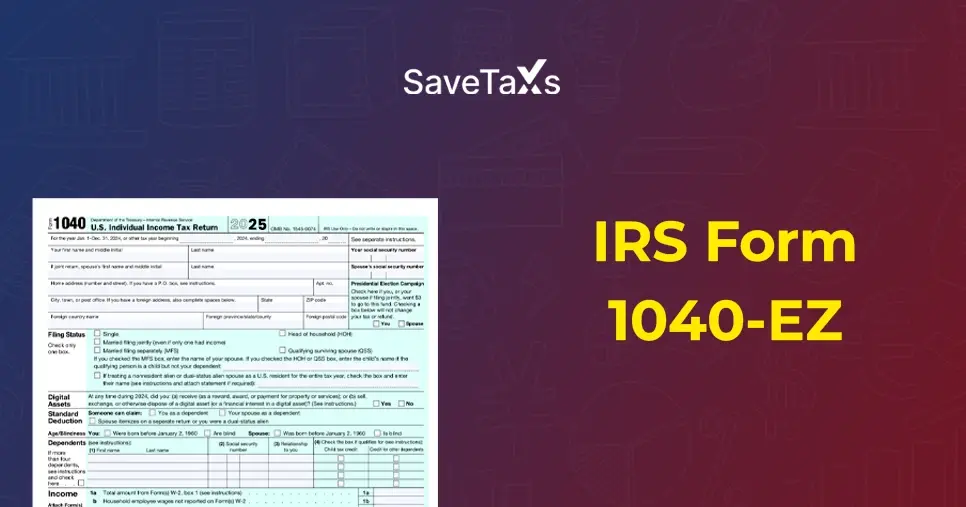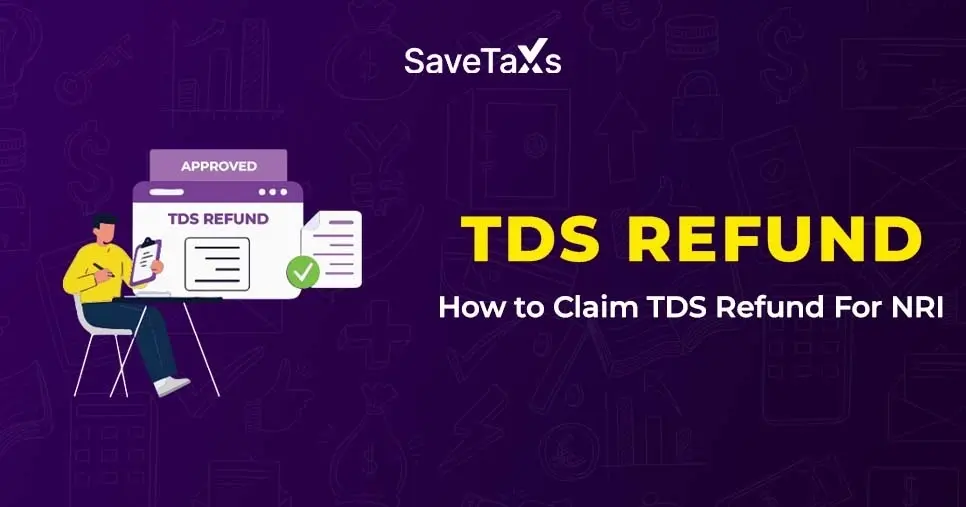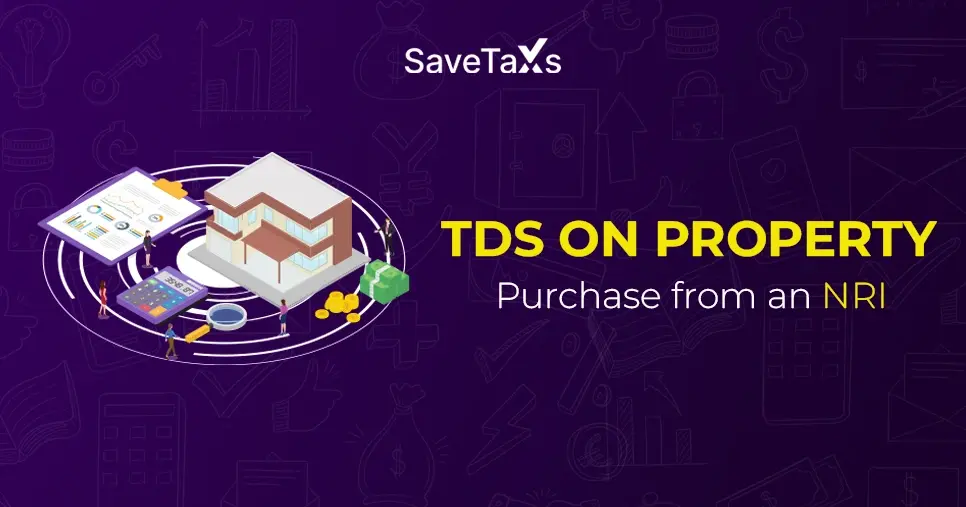If you used a property to secure a loan and it was foreclosed, repossessed, or abandoned, you may receive Form 1099-A. Form 1099-A is a tax form used to report the acquisition or abandonment of a secured property. It is filed by the lender and used by the borrower to compute their tax liability.
The IRS uses the information provided on the Form 1099-A to check if the borrower has any tax liability because of the transaction. Keep reading this blog to learn more about how to use Form 1099-A, its purpose, and much more.
Key Takeaways
- Form 1099-A is filed when a property is foreclosed, repossessed, or abandoned, which was used to secure a loan.
- The lender is responsible for filing Form 1099-A, and not the borrower. Borrowers will utilize the information from the Form to complete their tax returns.
- Even though a foreclosure, repossession, or abandonment of secured property is not considered a traditional sale. However, it can still incur gain or loss for tax purposes. If the lender cancels or forgives a portion of the debt, it must be reported as a "canceled debt". Also, canceled debt can be considered as taxable income.
- The taxpayer must receive Form 1099-A by the 31st of January of the year following the year in which their secured property was foreclosed, repossessed, or abandoned.
Form 1099-A is a tax form used to report the transfer of a foreclosed or abandoned property. Typically, the lenders need to file this form with the IRS to report the details of such properties. It includes the date of acquisition or abandonment, the amount of outstanding debt, etc.
It enables the IRS to track any potential taxable events arising as a result of the transfer. The lender has the authority to foreclose on the loan and take your home if you don't pay the mortgage. It may create difficulties; however, it can also incur many potential repercussions, such as a larger tax bill.
If you are in a situation where your property is foreclosed, repossessed, or abandoned, which you used to secure a loan. Then, you might receive an IRS Form 1099-A from the lender. Also, they will send a copy of it to the IRS as well.
It is an essential tax document as you will need the information on the Form 1099-A for tax calculation. This is why you must understand the details of this form to ensure your tax return is accurate and complete.
**Note: You must remember that receiving a Form 1099-A doesn't necessarily mean that the borrower has a tax liability. However, it is a document that must be thoroughly reviewed to know if there are any tax impacts.
The IRS requires the lenders to file Form 1099-A when they gain an interest in a property that was used as security for a debt. For example, through foreclosure, repossession, etc. Otherwise, have a valid reason to know that the property has been abandoned.
Form 1099-A informs both the IRS and the borrowers regarding the status of the property. Additionally, it provides details related to the property that might be required by the borrower while filing their federal income tax return. It also enables the IRS to determine if there is any taxable gain or loss that may result in tax implications.
Form 1099-A is filed by lenders who have lent money against a property as security. The lender can be any one of the following:
- Banks
- Credit Unions
- Private Lender
- Mortgage Companies
- Government Agency (Department of Housing and Urban Development)
Now, there are various copies of Form 1099-A, used to report the abandonment or acquisition of secured property. Let's learn about these copies. However, before that, remember that these copies are not separate forms physically. Rather, they are different sections or pages of the same form. These copies are used for different purposes:
- Copy A: It is filed with the IRS (Internal Revenue Service).
- Copy B: This copy is provided to the borrower or recipient of the form.
- Copy C: It is for the lender's records.
Additionally,
- Copy 1: It is sent to the state tax department, if applicable.
- Copy 2: This is provided to the borrower or recipient of the form, if applicable.
**Note: The lender or issuer of the form needs to complete and distribute the appropriate copies.
If your property is foreclosed, repossessed, or abandoned, you don't need to file Form 1099-A. You only need the form while filing your tax return.
Instead, the responsibility to file Form 1099-A lies with the bank and other financial institutions that issued the loan that the property secures (like your mortgage). Also, the lender needs to file the form if it either:
- has a reason to know that you abandoned the property
- gain an interest in the property to fulfil all or a part of the loan. Such as when it forecloses or repossesses the property.
Additionally, Form 1099-A is required only if the property is either:
- real property such as your home or land.
- tangible personal property, like a physical property used in a trade, business, or for investment.
- intangible property that doesn't exist physically. It includes stocks, patents, and other properties.
For example, if you used a physical property only for personal reasons and it is repossessed, then you will not get a Form 1099-A.
You must receive Form 1099-A by the 31st of January of the year after the property was foreclosed, repossessed, or abandoned. In case 31st January falls on a weekend, the IRS Form 1099-A due date will be the next business day.
Form 1099-A includes various crucial information that you will need to report the foreclosure, repossession, or abandonment of property on your tax return.
You can find all the basic details on the left side of the form. It includes name, address, telephone number, and taxpayer identification number. Also, it will indicate information about the borrower (you), including your loan number.
The right side of Form 1099-A is divided into six boxes. Each box contains important information that you need for your tax return. The information mentioned in the boxes includes:
- Box 1: Acquisition Date or Abandonment Knowledge
It contains the date on which the lender either acquired the secured property or knew (had reasons to know) the property was abandoned.
- Box 2: Principal Outstanding Balance
This box lists the unpaid loan amount as of the date mentioned in Box 1. Instead of accrued interest or foreclosure costs, this box only states the unpaid principal on the original loan.
- Box 4: Fair Market Value of Property
It reports the property's fair market value as per the data specified in Box 1. The lender needs to report the amount paid for the property at a foreclosure or an equivalent sale according to the fair market value. This needs to be done unless there is evidence to the contrary.
Now, if you have abandoned or voluntarily transferred the property to the lender, rather than going through a foreclosure. Then, the appraised value of the property is utilized, provided that you were personally responsible for repaying the loan.
- Box 5: Borrower's Personal Liability for Debt Repayment
This box indicates if you were responsible for repayment of the debt when taking out the initial loan or, if the loan was modified, when it was last changed.
- Box 6: Description Related to the Property
In the case of real estate, the property's address is furnished. However, if the address doesn't specify the property clearly. Then, the lender can mention the property's section, lot, and block numbers.
In case of personal property, the description might contain the property's type, make, and model as well. For example, if it's a car, then the description would be 2025 Tesla Cyber Truck. Otherwise, a general description for more than one item, such as office equipment.
Generally, Form 1099-A is used to report information relevant to the transfer or abandonment of the secured property. In addition, the specified information in each will differ based on the transaction situations.
If you receive an incorrect Form 1099-A, contact the lender who sent you the form immediately and request a new corrected form.
Following the foreclosure, repossession, or abandonment of secure property, you might have to compute either the:
- taxable income from canceled debt.
- gains or losses acquired from the transaction
You will need the information on Form 1099-A in both cases to determine whether you have any tax liability.
In case your secured property is foreclosed, repossessed, or abandoned. Then, you might need to compute either the gain or the loss acquired from the "sale" of the property. If so, mention if it is treated as a capital gain or loss, which is usually calculated on Schedule D. Otherwise, ordinary gain or loss, which is calculated on Form 4797.
Generally, this will be decided based on the property itself, meaning whether or not it is a capital asset. However, specific losses acquired from abandonment might impose special rules.
**Tip: If your home is foreclosed, there is a possibility that you are not liable to pay capital gains tax. Now, this is because nearly $250,000 of gain ($500,000 for joint filers) is exempt from the liability of capital gain taxation. It applies if you owned the home and used it as your primary residence for a minimum of two of the five years before the foreclosure. Also, you did not claim the home-sale exclusion during the last two years.
If the sale price exceeds your adjusted basis, you have a gain on the property sale. On the contrary, if the sale price is less than your adjusted basis, you have a loss.
In case of secured property that is foreclosed, repossessed, or abandoned, the "sales price" is either the due loan balance (Box 2 of Form 1099-A) or the property's fair market value (specified in Box 4 of Form 1099-A). It depends on whether you are personally responsible for repaying the debt (Box 5 of Form 1099-A) and the transaction type used.
- Sale Price for Foreclosure or Repossession Property
In case your secured property is foreclosed or repossessed, it will be treated as if the property is sold. If you are responsible for paying the due debt (Box 5 is checked). Then, utilize the lowest of the outstanding loan balances (Box 2 of Form 1099-A) or the property's fair market value (Box 4 of Form 1099-A) as the sales price for figuring any gain or loss.
Furthermore, you also need to add any amount you acquire from a foreclosure sale. Use the outstanding loan balance as the sales price if you are not responsible for the remaining debt (Box 5 not checked).
- Sales Price for Abandonment
If you abandon the property and are personally responsible for the debt (Box 5 is checked). In such a case, there is typically no "sale", and hence neither gain nor loss, until the lender forecloses on the property.
Now, in case you are not personally responsible for the debt (Box 5 not checked), the abandonment is considered a sale for tax purposes immediately. In such a case, utilize the due loan amount (Box 2 of Form 1099-A) as the price for sale for determining either gain or loss.
- Ordinary Loss from Abandonment
Loss acquired from the sale of a capital asset is treated as a capital loss. However, this rule doesn't apply if there is no sale. For example, when a secured property is abandoned and the borrower isn't personally liable (Box 5 not checked).
So, as per the IRS, a loss acquired from the abandonment of business or investment property that's not considered a property sale is typically deductible as an ordinary loss. This is irrespective of whether the property is a capital asset. You are not allowed to deduct a loss from abandonment of your home or any other property that is held for personal use.
There are a lot of restrictions on using capital losses due to ordinary income being taxed at a higher rate than capital gains. So, it is ideal to have an ordinary loss that can be deducted from ordinary income rather than a capital loss.
If secured property is foreclosed, repossessed, or abandoned, the lender may have to cancel some of your loan as part of the process. If so, you might need to report the canceled debt as ordinary taxable income, in addition to any capital gains tax liability that you may have.
However, canceled debt will be taxed only if you are personally liable for the repayment of the debt (Box 5 is checked). In case you are not liable (Box 5 not checked), you don't need to report any canceled debt as taxable income.
Now, in case your property is either foreclosed or repossessed. Then, only the canceled debt amount that's more than the property's fair market value (Box 4 of Form 1099-A) is taxable. Furthermore, all the canceled debt is subject to taxation in case your property is abandoned.
The cancellation of debt rules includes some exceptions. The most relevant exception is for up to $750,000 of qualified principal residence indebtedness. Also, a maximum $375,000 for married people filing separately.
In short, qualified principal residence indebtedness is any mortgage secured by your primary residence that is taken out to buy, build, or largely improve that home. For instance, if your bank forecloses on your home and nullifies nearly $750,000 of your mortgage, you don't need to pay tax on the canceled debt.
You must also remember that you will receive a Form 1099-C if a lender cancels up to $600 of your debt. The lender can also just file Form 1099-C and add the information about any foreclosure, repossession, or abandonment in the same calendar year on that form rather than Form 1099-A.
The Bottom Line
IRS Form 1099-A is a crucial document required in the event of foreclosure or property abandonment. It enables the IRS to track property transactions and inform the taxpayers about any possible tax implications. Understanding this form thoroughly can ensure accurate reporting. It will also help you avoid any potential tax liabilities.
If you are confused about the requirements of Form 1099-A, worry not, Savetaxs can give you the assistance you need. Our expert team of professionals can help you navigate the complexities of Form 1099-A, any applicable gains, or canceled debt with confidence. Contact our team whenever you want, no matter which country you are in, as we are working 24*7 to ensure timely responses and satisfactory service.
Note: This guide is for information purposes only. The views expressed in this guide are personal and do not constitute the views of Savetaxs. Savetaxs or the author will not be responsible for any direct or indirect loss incurred by the reader for taking any decision based on the information or the contents. It is advisable to consult either a CA, CS, CPA or a professional tax expert from the Savetaxs team, as they are familiar with the current regulations and help you make accurate decisions and maintain accuracy throughout the whole process.
 India
India
 USA
Tax Consultancy Services
USA
Tax Consultancy Services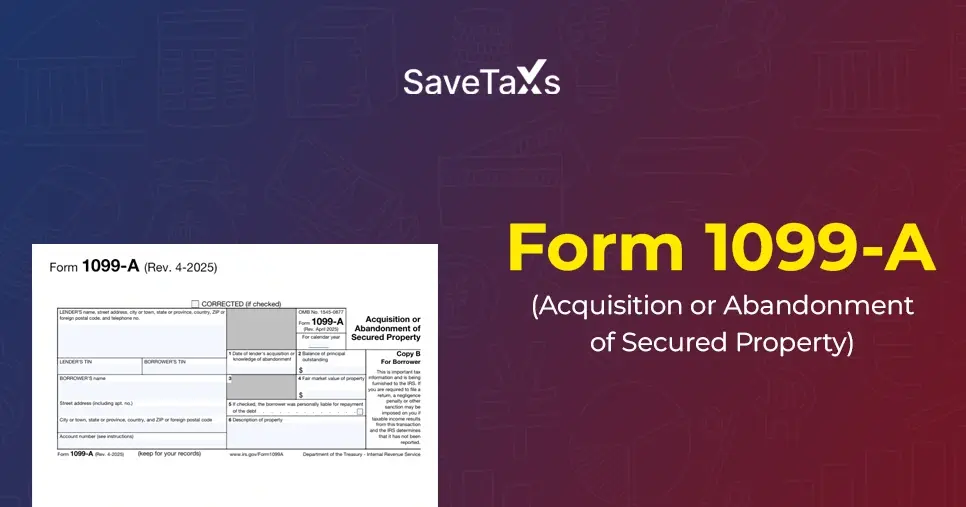


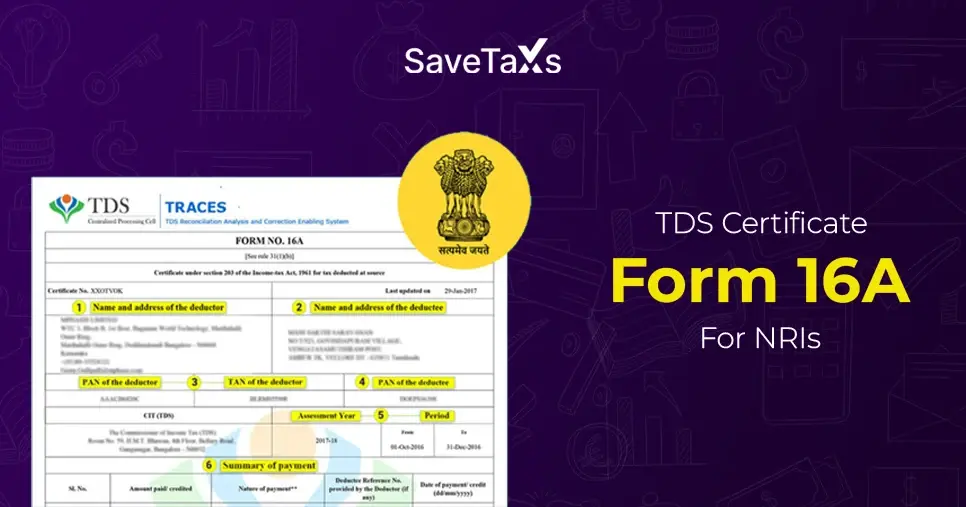
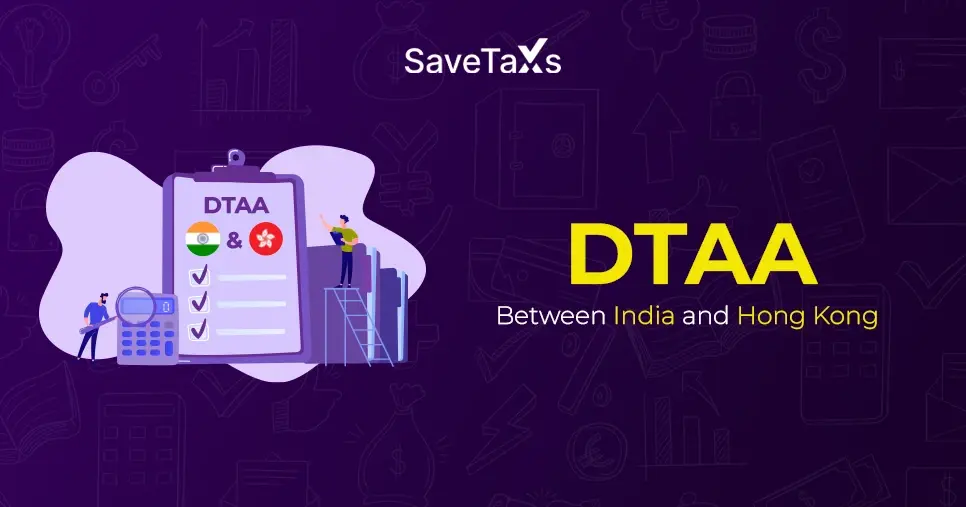
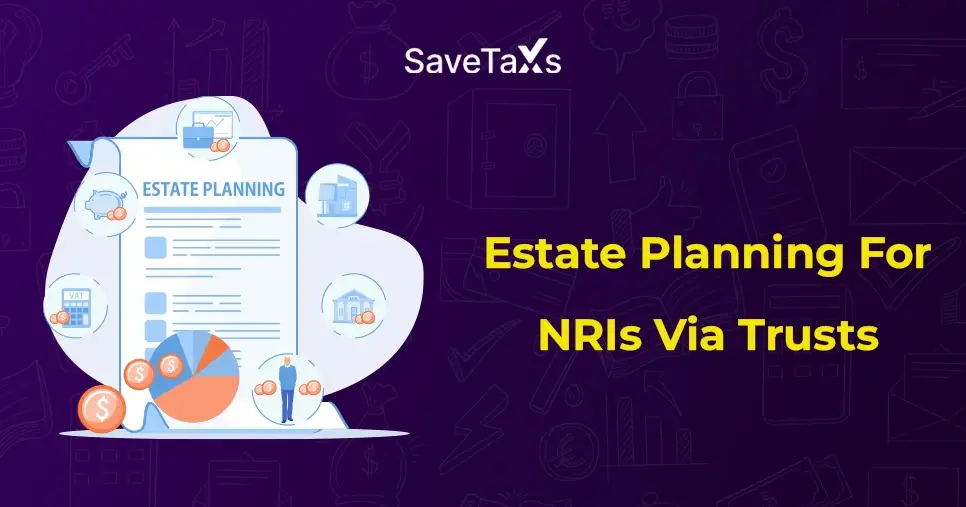
_1752921287.webp)
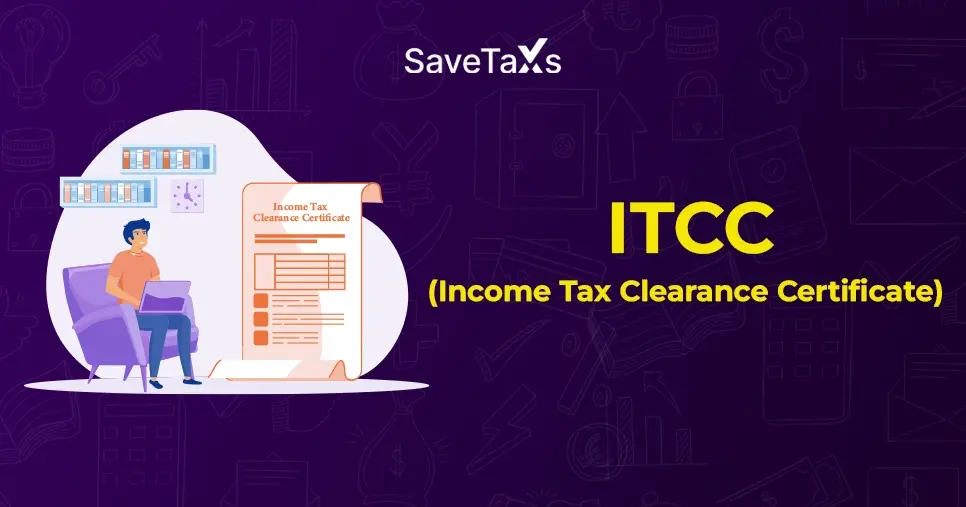
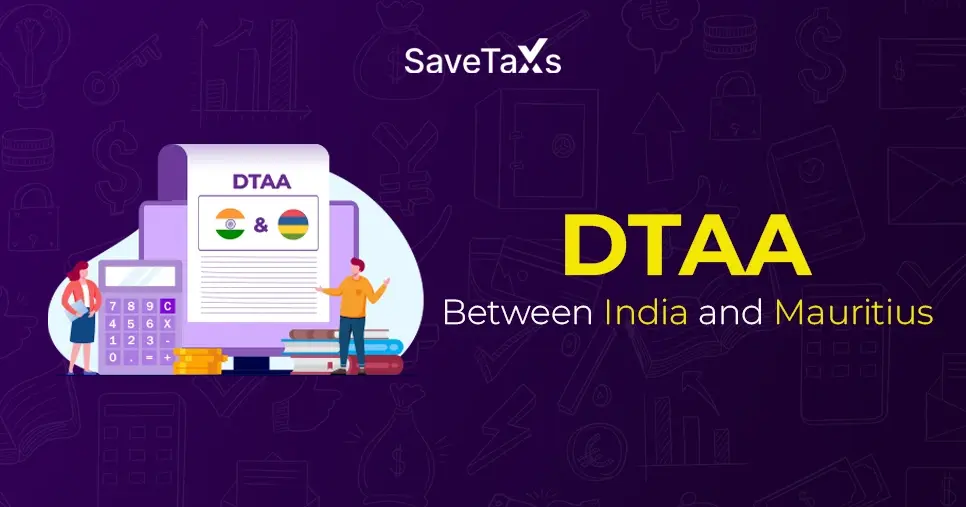
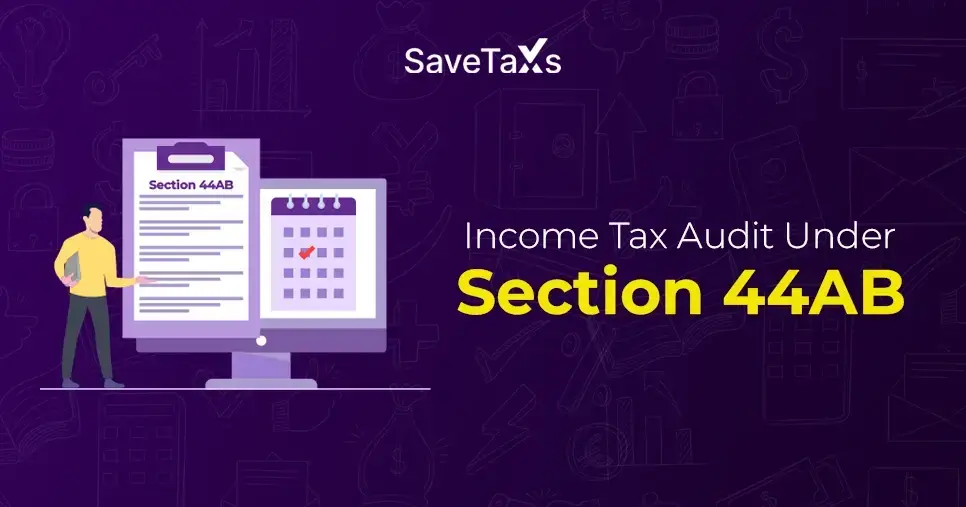
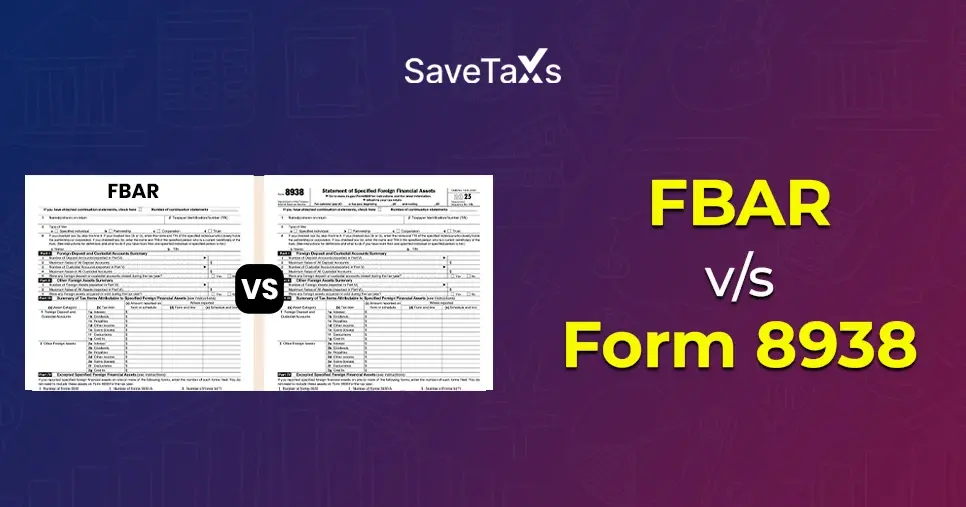
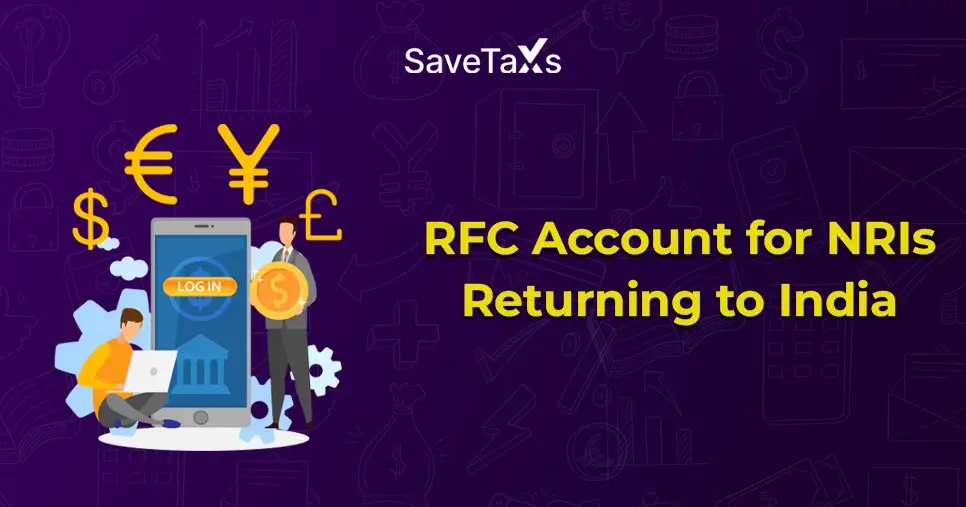
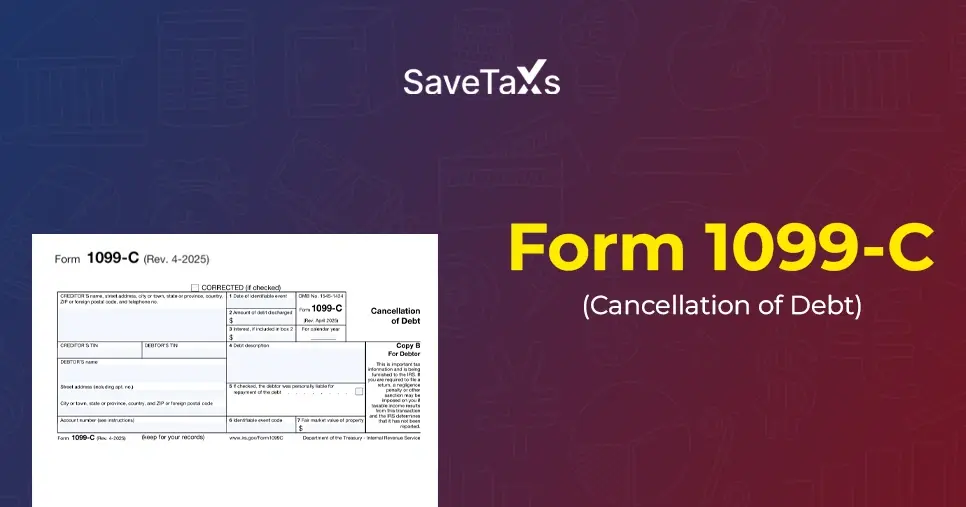

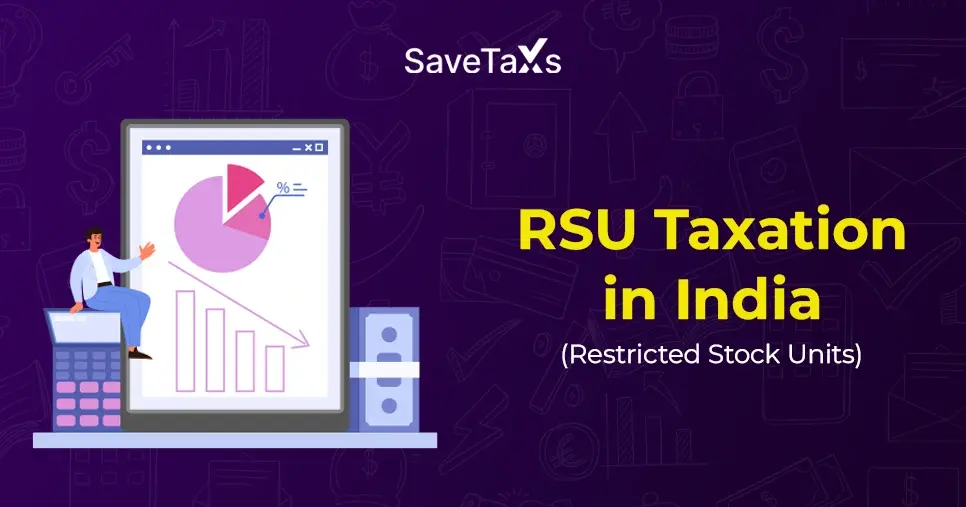
_1756816946.webp)
